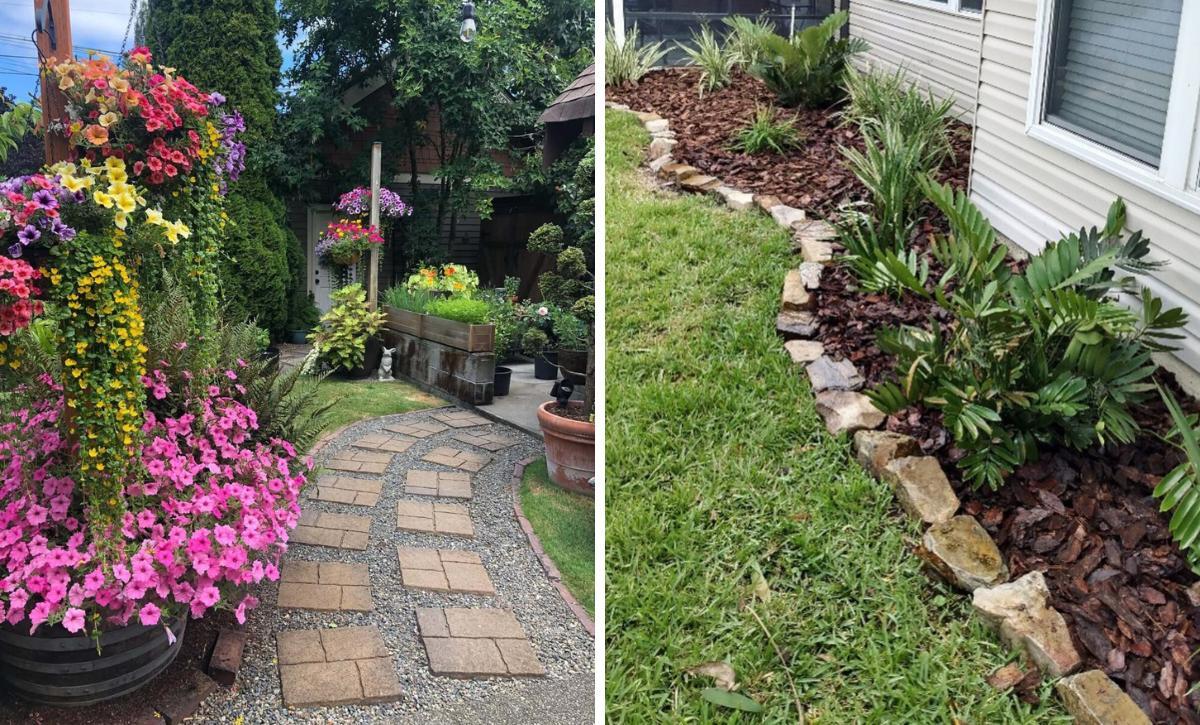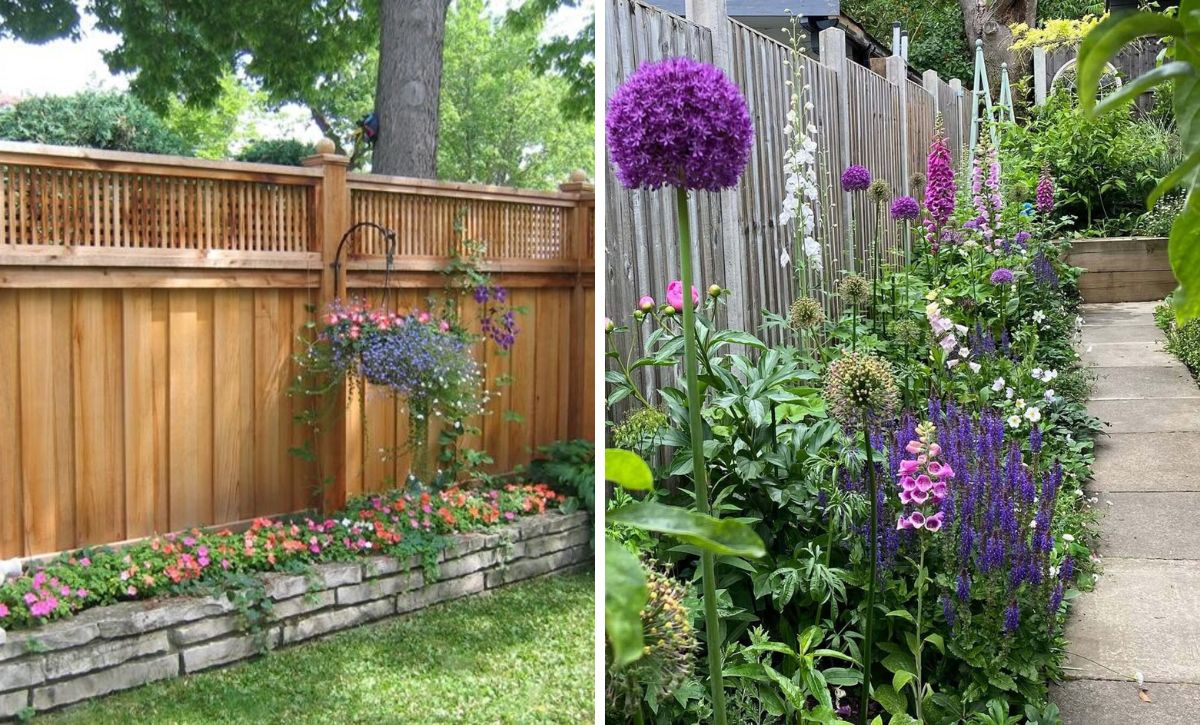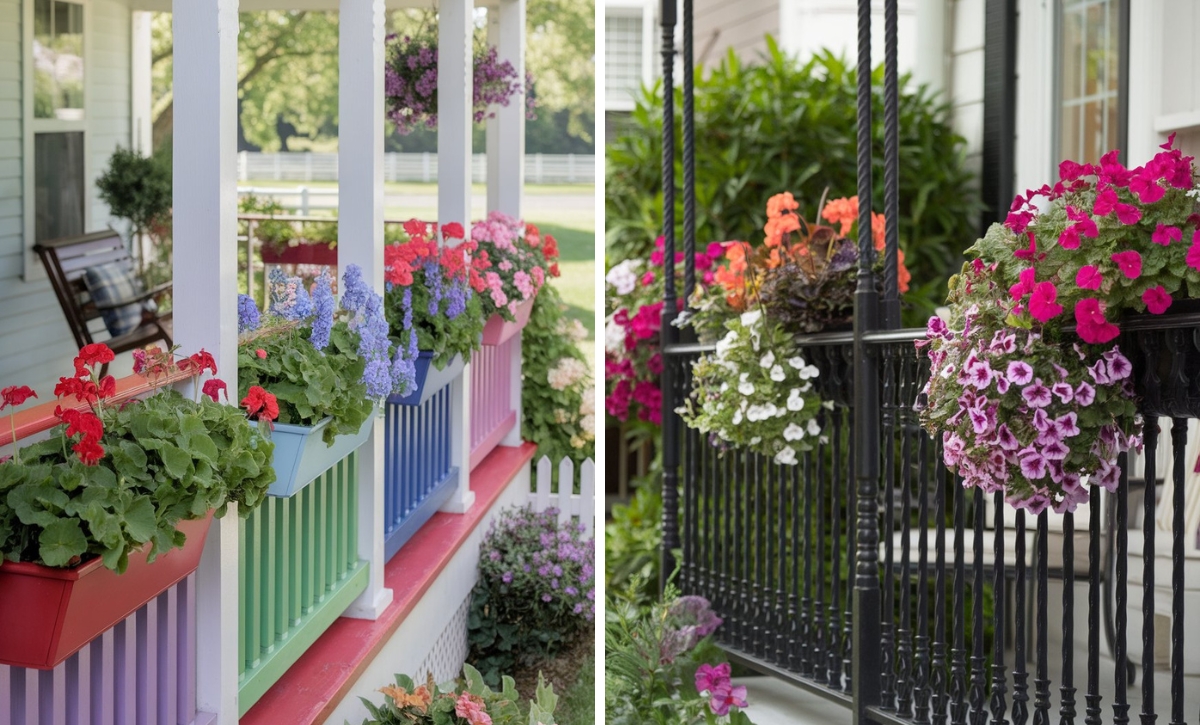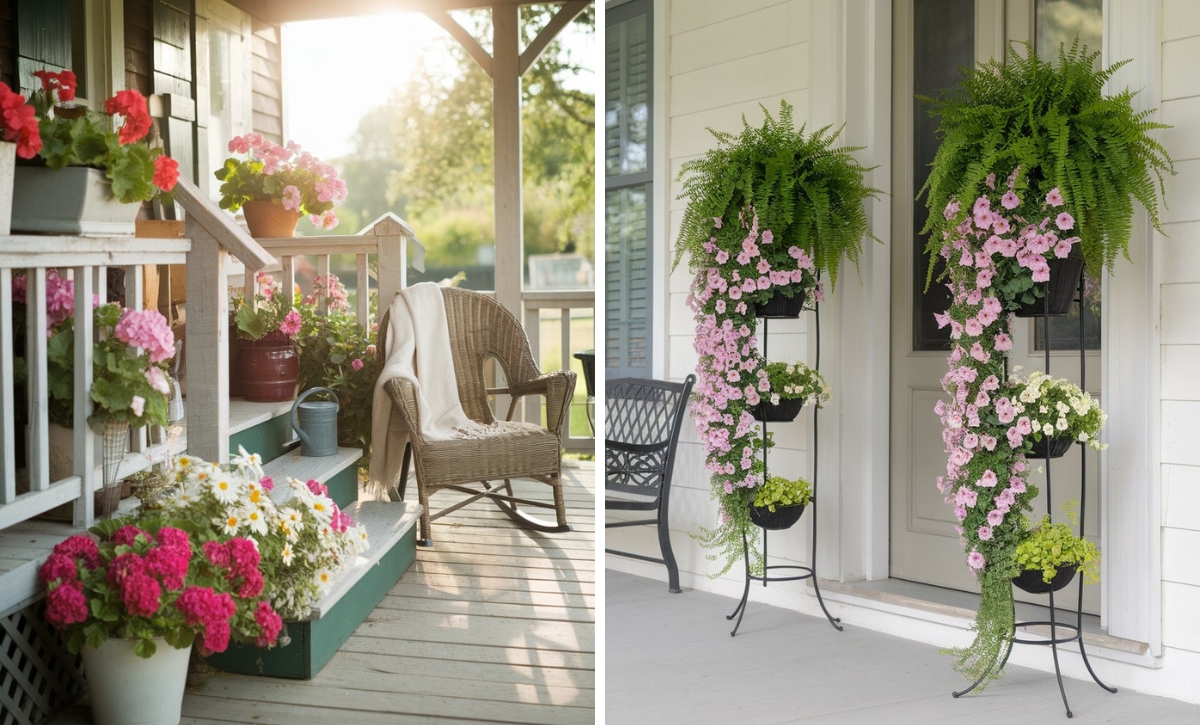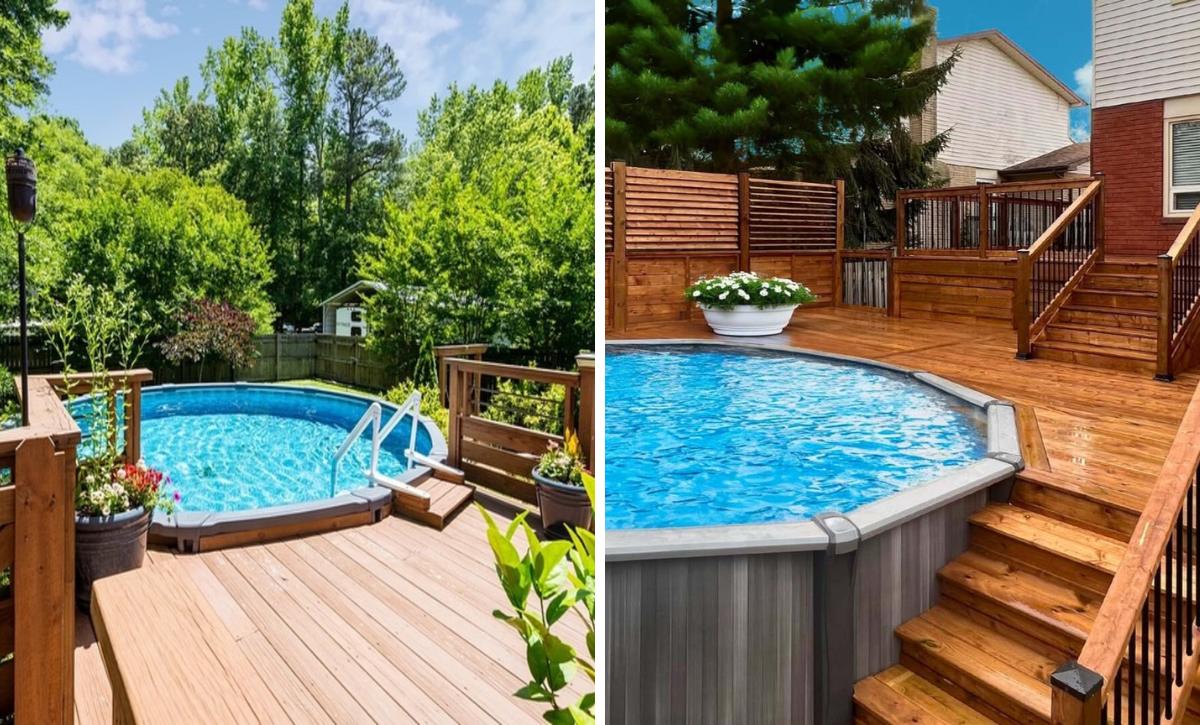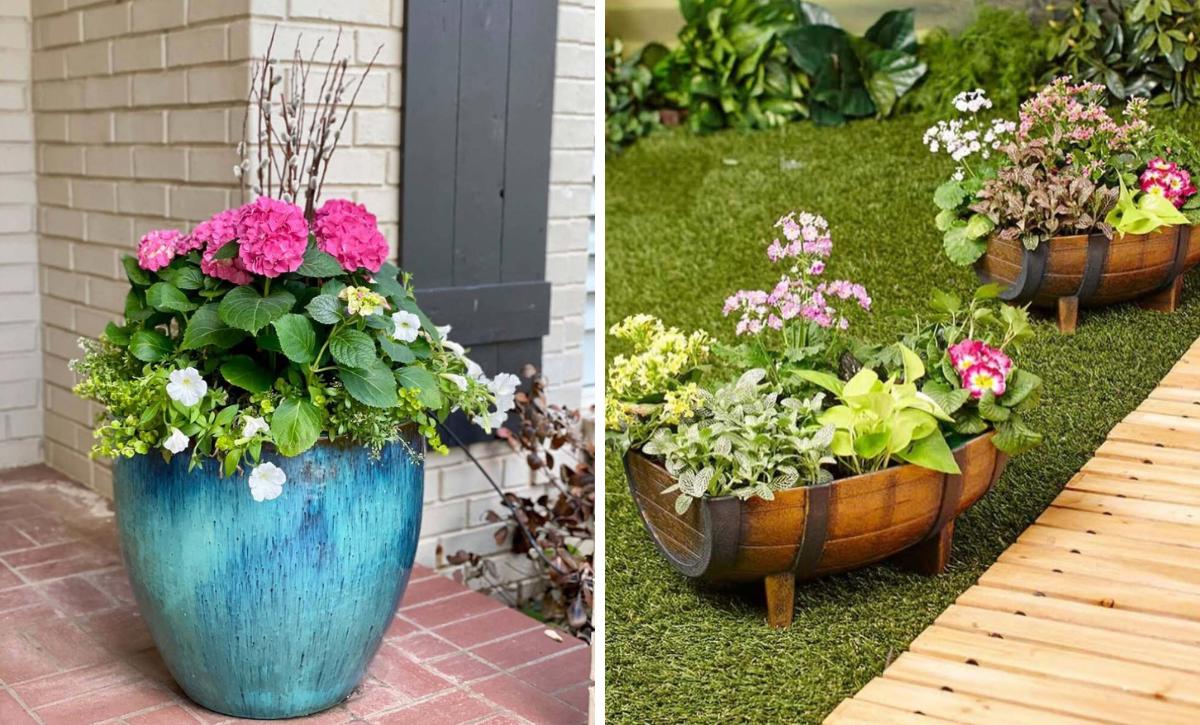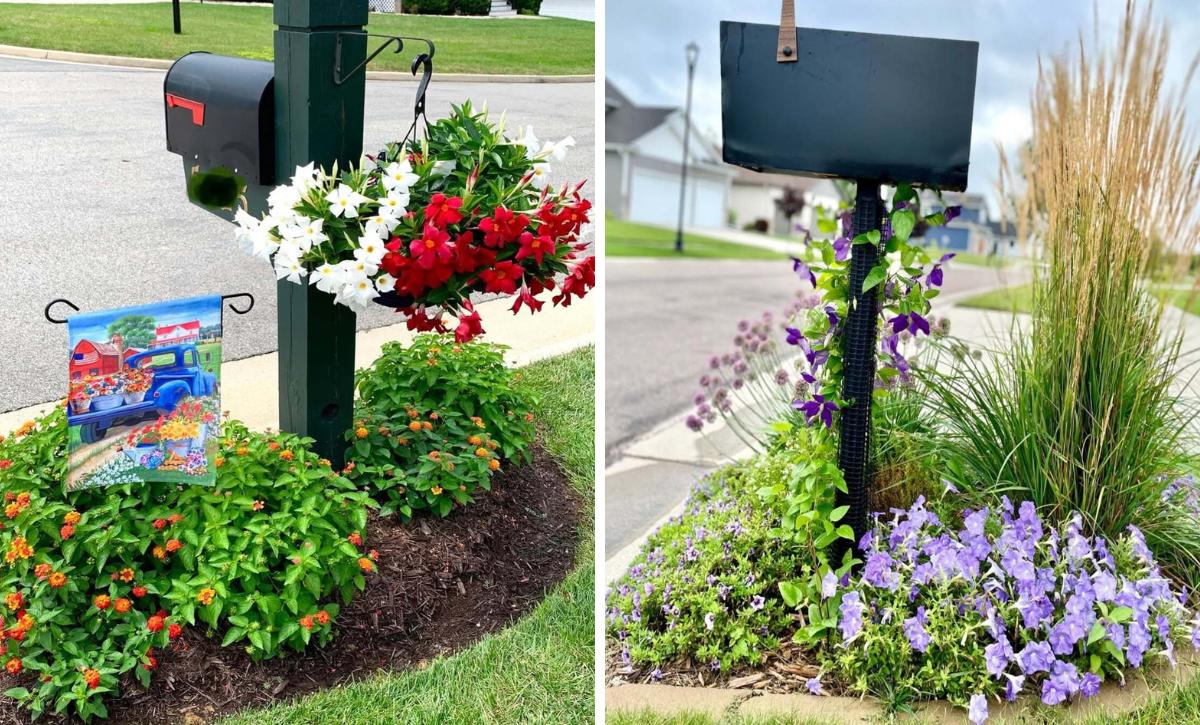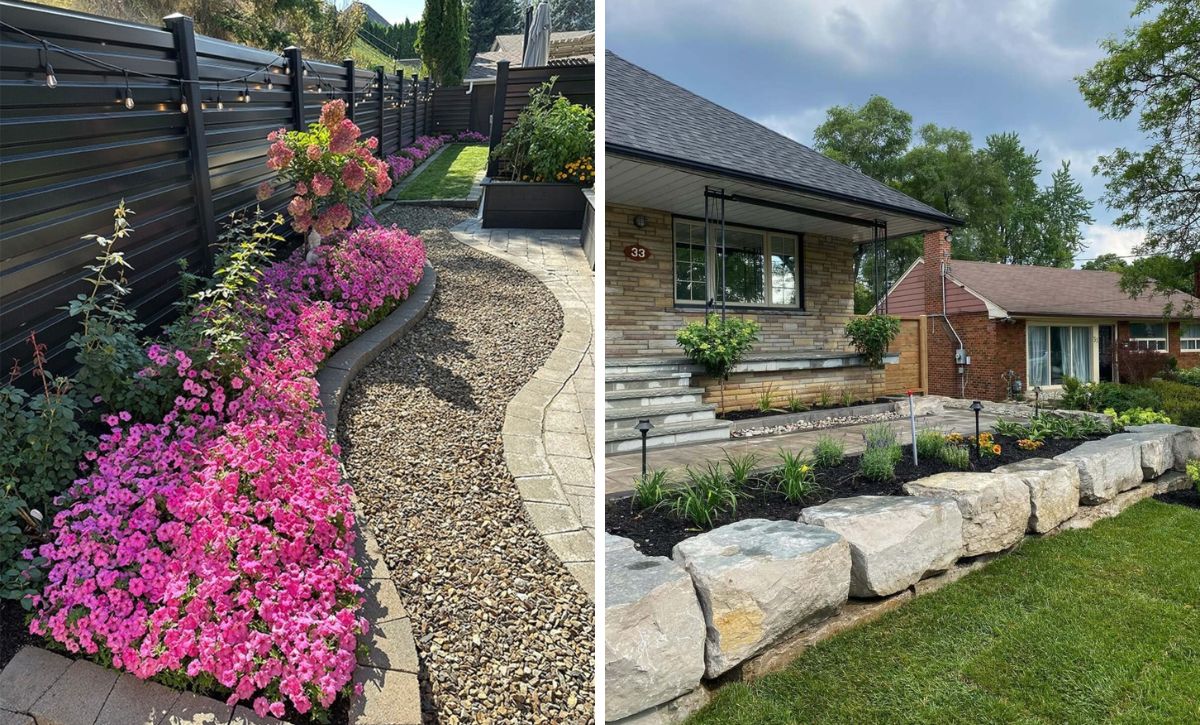Perennials are a great way to streamline the gardening process — plant them once, and they come back every year.
The trouble is, most varieties flower for just a few weeks once a year. That’s where long-lasting options can save the day.
By choosing perennials that bloom all summer, you can fill your garden with color and eliminate the need for replanting.
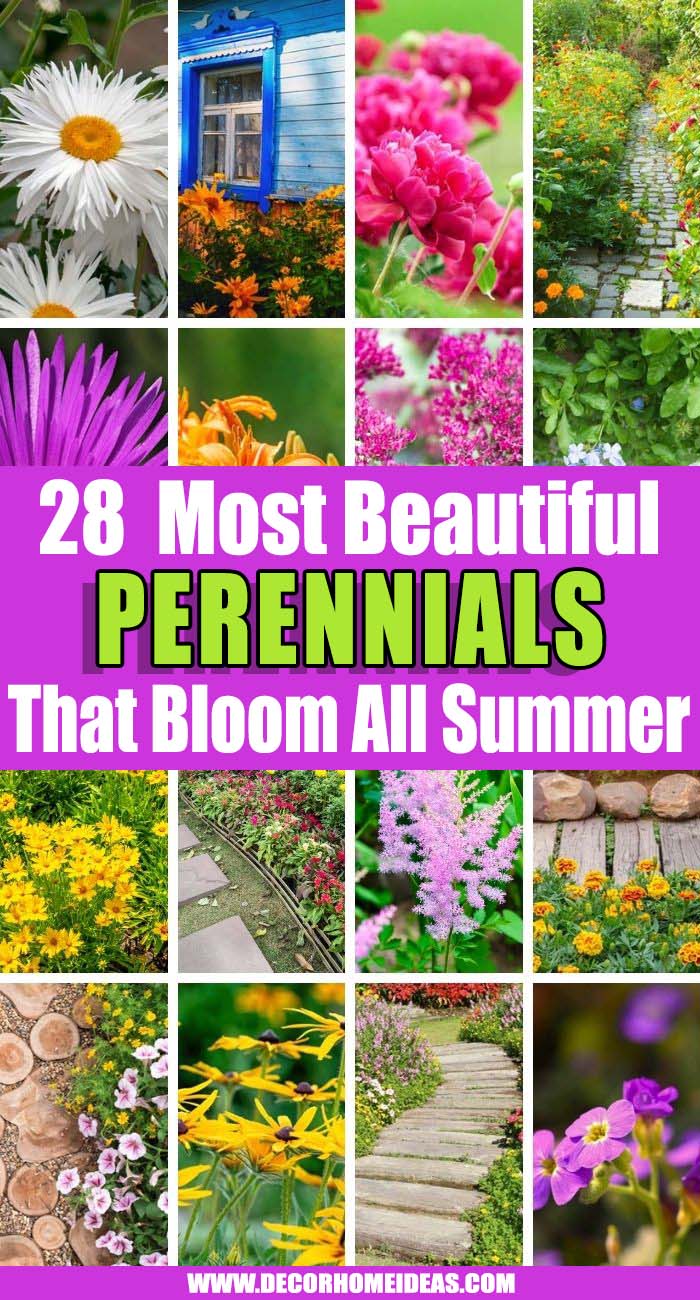
Tip: You can get a Perennial Flower Garden Collection for as low as $10 ( including Russell Lupine, Black-Eyed Susan, Shasta Daisy, Purple Coneflower, and Blue Columbine ) – see the offer HERE
Growing perennials quick tips:
- Plant perennials as soon as possible after your shipment arrives.
- Amend your soil – add peat moss or compost and work in.
- Dig the hole for each plant a little larger than the root ball.
- Water your perennials.
- Mulch in cold climates.
1. Alliums
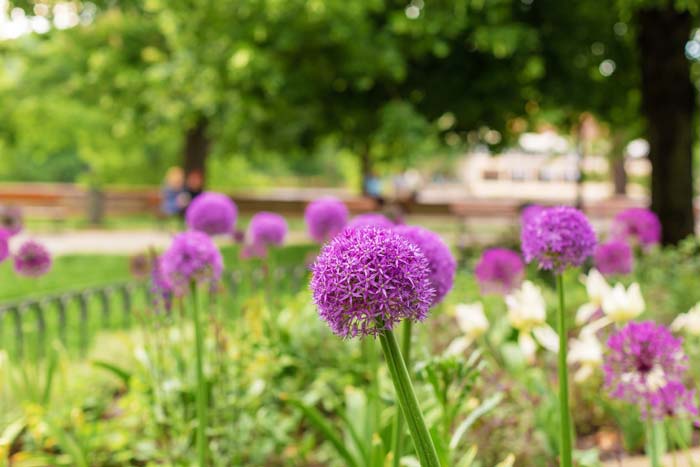
If you like a garden with a bit of drama, the allium is an excellent choice.
This perennial flower starts out as a tall, slender stem that stands high above ground-cover plants.
When it blooms, the allium creates a ball of brilliant purple flowers. The effect is spectacular, whether your garden borders a house or sits in an open yard. Bloom time – spring and early summer with some varieties well into late summer.
- USDA Growing Zones: 4 to 8
- Color Varieties: Violet-blue
- Sun Exposure: Full sun
- Soil Needs: Well-drained soil; tolerates drought
2. Coreopsis
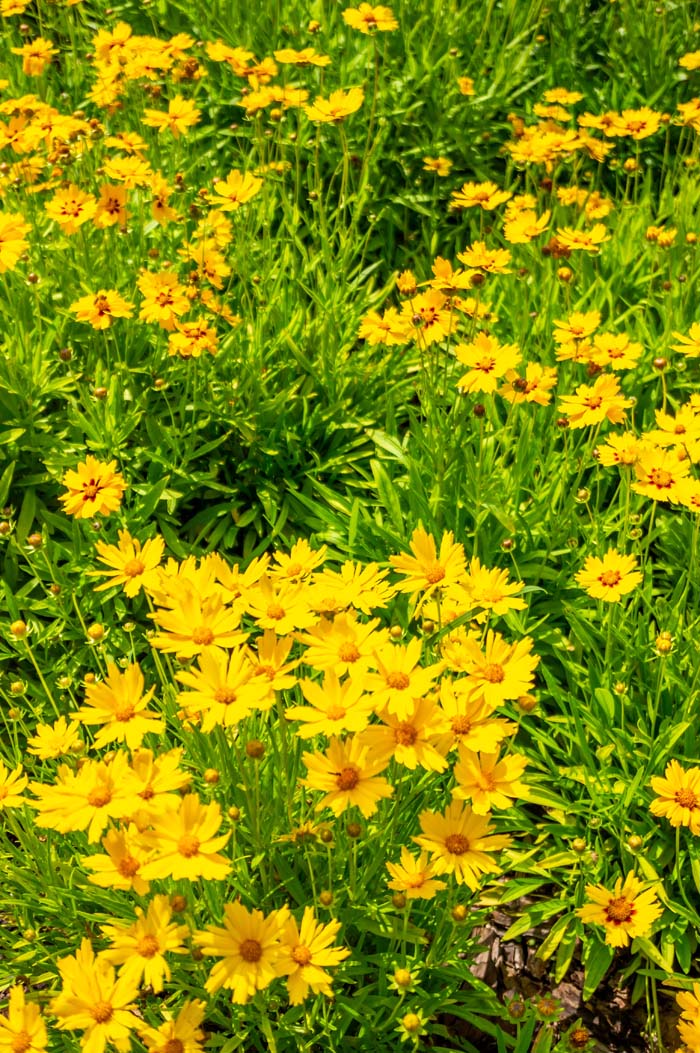
Enjoy color and life from the end of spring through the end of summer when you plant the coreopsis flower.
Each bloom features distinctive petals — instead of smooth, rounded edges, they have zig-zag petal edges for a fun, dynamic look.
Choose coreopsis for easy planting, growing, and cutting. They are one of the most popular summer flowers.
- USDA Growing Zones: 3 to 9
- Color Varieties: Yellow; hybrids and cultivars also offer pink, red, and bi-color flowers
- Sun Exposure: Full sun
- Soil Needs: Dry to medium-moisture, well-drained soil; tolerates drought
3. Blue Lupine
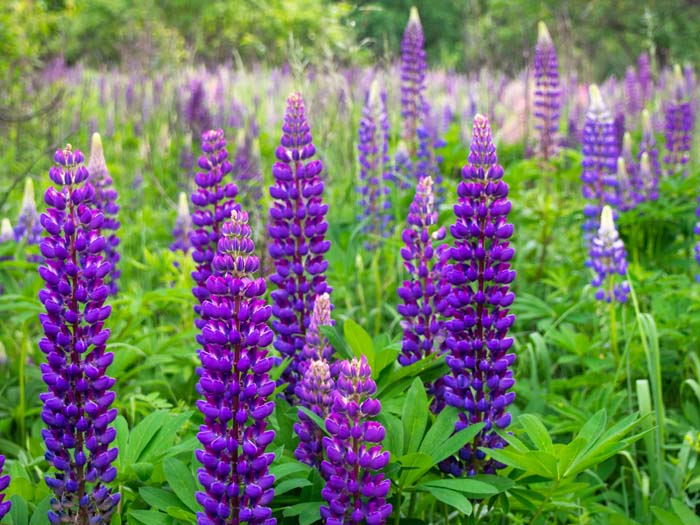
Are you looking for a way to add height to your garden? Blue lupine flowers fit the bill.
These lovely blooms, which often grow wild, add a natural, uncultivated look to an English garden or a relaxed yard.
The small flowers grow in tall, narrow cone shapes and last for long periods of time making it the perfect perennial plant for your garden or around a garden pathway.
- USDA Growing Zones: 4 to 8
- Color Varieties: Violet-blue
- Sun Exposure: Full sun
- Soil Needs: Medium-moisture, well-drained soil
4. Dahlias
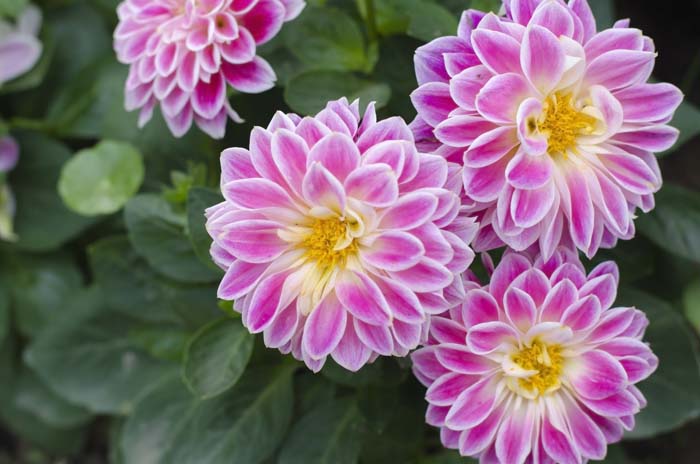
Dahlias are some of the most eye-catching flowers in any garden.
They feature tiered layers of long, narrow petals, creating an exotic and expensive look. For the longest growing season, choose the dahlia Friquolet; it lasts from early summer to fall, giving you constant color.
Don’t be afraid to cut the flowers — it actually speeds up production for even better blooms.
- USDA Growing Zones: 8 to 10
- Color Varieties: Pink, purple, red, scarlet, orange, yellow, white
- Sun Exposure: Full sun
- Soil Needs: Medium-moisture, well-drained soil
5. Bugleweed
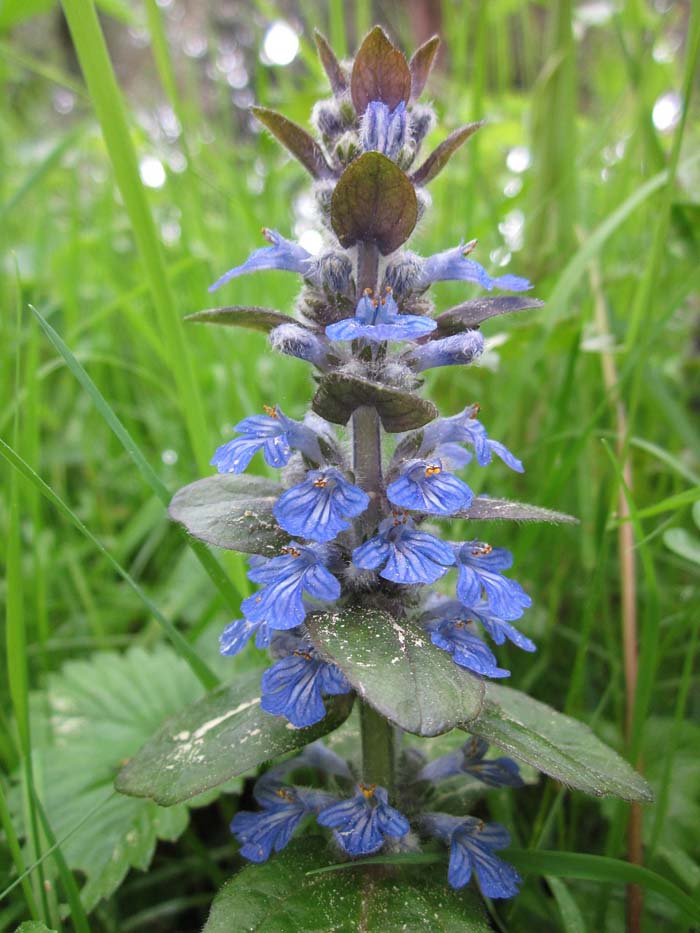
Bugleweed doesn’t sound like something you’d want in your perennial garden, but once you see the adorable, tiny blooms, you’ll be so glad you added them into the mix.
These plants produce a constant stream of vibrant flowers that bring life to a shady spot.
They’re a particularly lovely way to fill in the empty soil in front of a hedge or a bush.
- USDA Growing Zones: 4 to 10
- Color Varieties: Blue
- Sun Exposure: Full sun, Partial Sun
- Soil Needs: Medium-moisture
6. Catmint
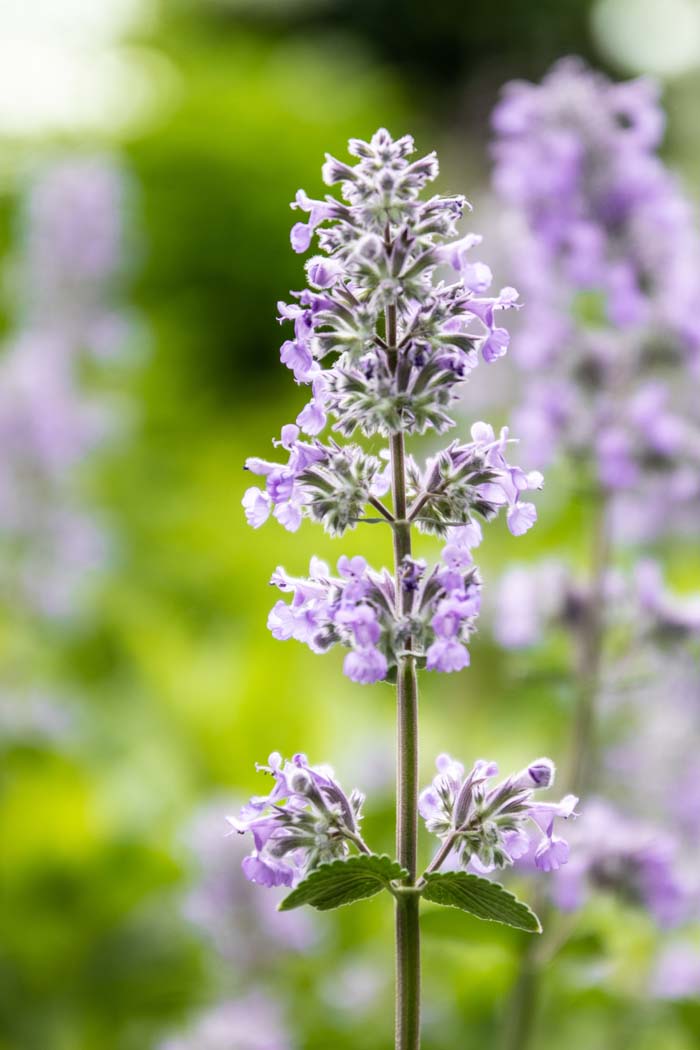
If you’re looking for perennials that can cover a large area, check out the Walker’s Low catmint plant.
Featuring small leaves and flowers that cover the majority of the stem, this catmint variety offers a remarkably full and lush look.
Most plants reach a full 2 feet in height, with some varieties climbing up to 30 inches.
- USDA Growing Zones: 4 to 8
- Color Varieties: Lavender blue
- Sun Exposure: Full sun to part shade
- Soil Needs: Dry to medium-moisture, well-drained soil
7. Cranesbill Geranium
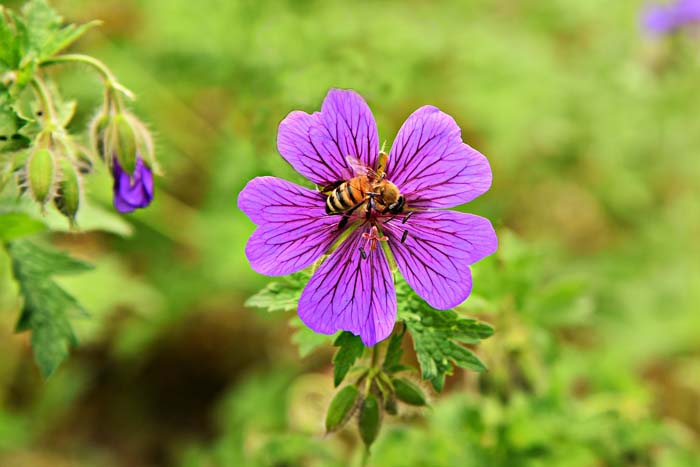
When you need flowers that bloom all summer, it’s hard to beat the Cranesbill geranium. ( Hardy Geranium )
This perennial blooms dramatically from late spring to mid-summer.
The fun isn’t over then — all you need to do is cut back the plants, and you’ll enjoy another burst of color near the end of August.
- USDA Growing Zones: 4 to 10
- Color Varieties: Purple
- Sun Exposure: Full sun to part shade
- Soil Needs: Medium-moisture
8. Creeping Thyme
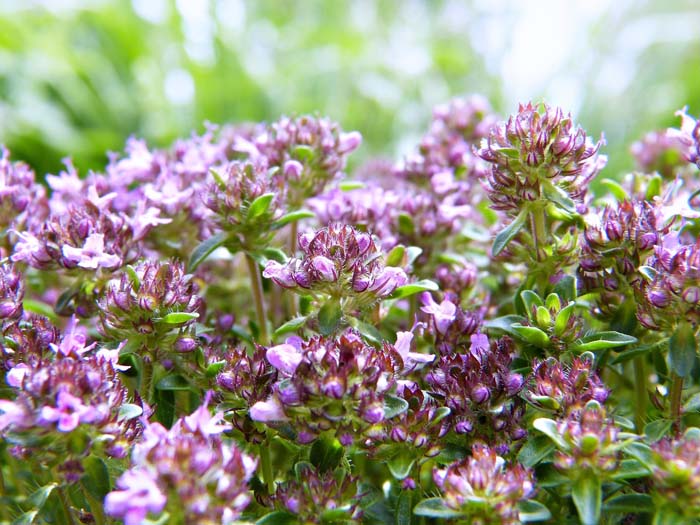
Give your garden a wild, natural look by adding creeping thyme to your planting schedule.
These small plants feature adorable leaves and delicate flowers with tiny petals.
As it grows, creeping thyme creates plenty of ground cover. As a bonus, you can use the greens as an herb in the kitchen.
- USDA Growing Zones: 4 to 9
- Color Varieties: Purple, Red
- Sun Exposure: Full sun to part shade
- Soil Needs: Medium-moisture, water regularly
9. Dianthus
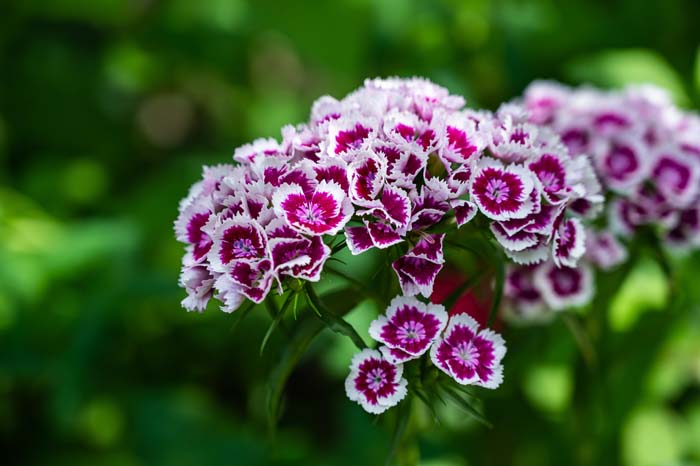
Bold and beautiful, dianthus flowers are perennials that bloom for months at a time.
That’s great news for your garden, especially if you’re looking to add a variety of different colors.
Are you working with lots of direct sunlight? No problem — the dianthus is tough enough to take the heat.
- USDA Growing Zones: 4 to 9
- Color Varieties: Red, pink, rose, lavender, white and yellow. Bi-colored.
- Sun Exposure: Full sun to part shade
- Soil Needs: Medium-moisture, water regularly
10. Foam Flower
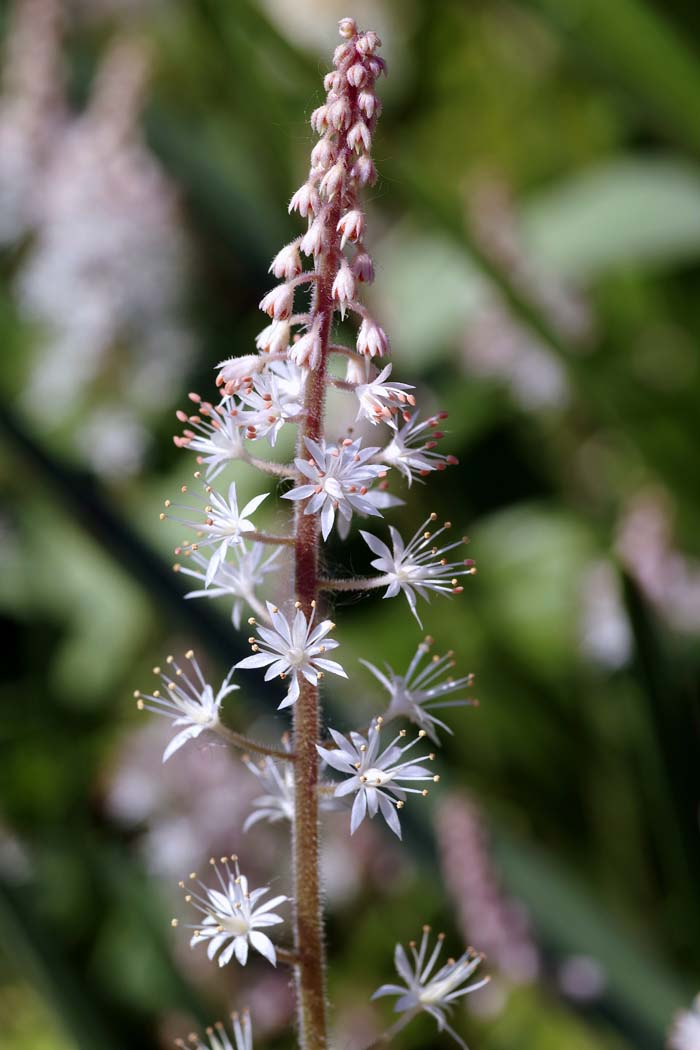
Once you see the foam flower, you’ll understand exactly how it got its name.
When a cluster of cone-shaped flowers grows close together, the translucent petals look like a light, airy layer of foam.
These lovely perennials fit easily into a wild space or a cottage garden.
- USDA Growing Zones: 4 to 9
- Color Varieties: White
- Sun Exposure: Full shade, Partial shade
- Soil Needs: Needs evenly moist soil
11. Geranium Rozanne
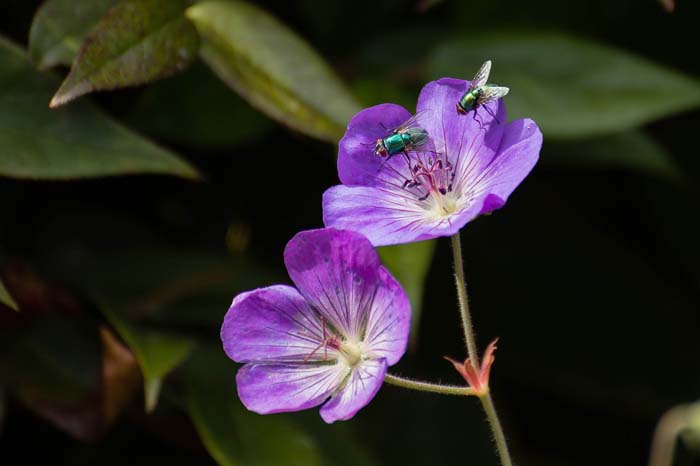
You’ve probably heard of geraniums, but have you seen the stunning Rozanne variety?
Hardy and happy to grow in full-sun areas, this pretty perennial geranium bring a bright shock of color to any corner of your plot. Dealing with critters?
Rabbits and deer won’t touch the flowers, so your blooms last longer.
- USDA Growing Zones: 4 to 10
- Color Varieties: Purple
- Sun Exposure: Full sun to part shade
- Soil Needs: Medium-moisture
12. Gerbera Daisies
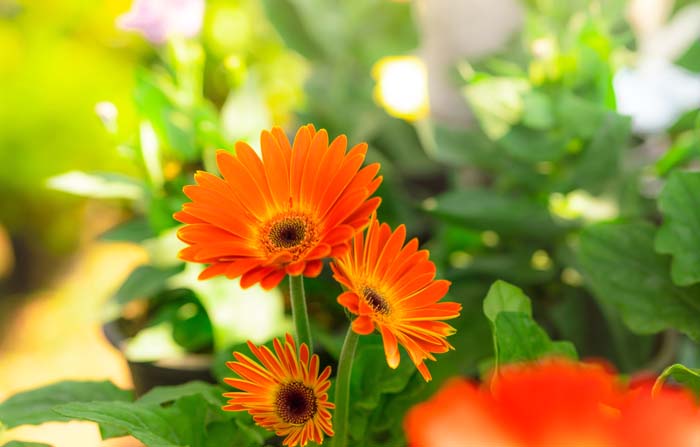
You’ve probably seen gerbera daisies at the florist, but have you ever tried to grow them?
With their vibrant, saturated tones and layered petals, these flowers are almost impossibly pretty.
They’re easy to grow ( USDA zone: All ); if you take care of the plants, your garden will be filled with flowers from late spring to the late summer or even early fall.
- USDA Growing Zones: All
- Color Varieties: Yellow, white, pink, red, orange, lavender, salmon, and bicolored.
- Sun Exposure: Full sun
- Soil Needs: Dry, well-drained soil; good tolerance for drought
13. Stella De Oro Daylily
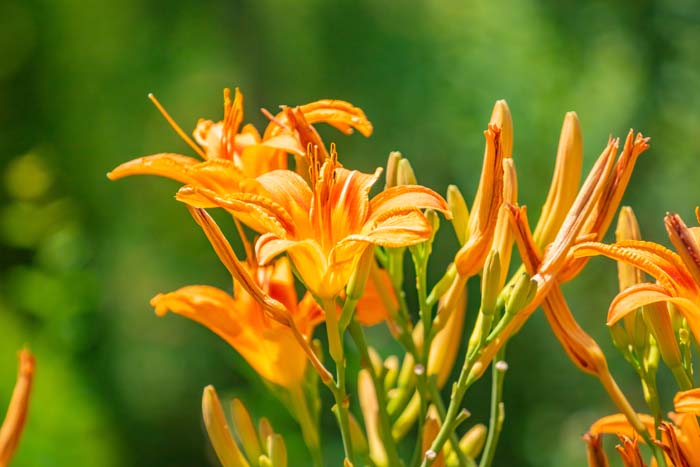
Don’t be surprised when each of your Stella De Oro daylily flowers last just one day — this sunny perennial keeps the blooms coming from late spring through mid-summer, so there’s always another one on the way.
Each flower has a fresh, sweet fragrance.
- USDA Growing Zones: 3 to 10
- Color Varieties: Yellow, gold, bi-colors
- Sun Exposure: Full sun to part shade
- Soil Needs: Medium-moisture, well-drained soil
14. Hostas
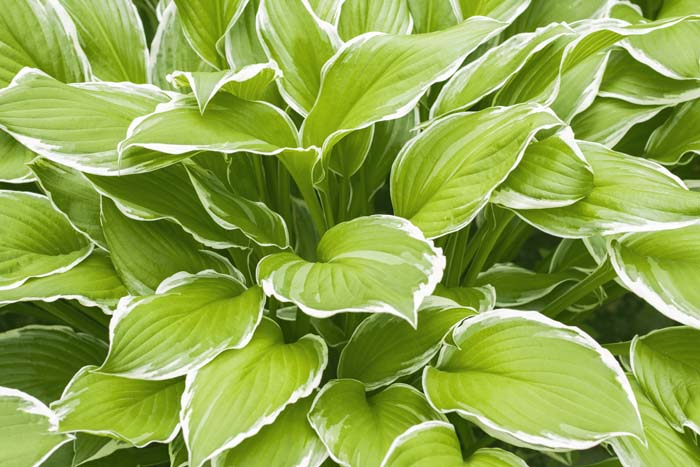
Is your garden in a shady area?
Durable, long-lasting hostas are a hardy perennial that thrives without direct sunlight.
While these pretty plants are known for their large leaves, they also create surprisingly delicate blooms that flower for months at a time.
A good rule of thumb for the placement and care of hostas is the lighter the foliage, the brighter the sun. The deeper darker foliage retains it color best in moderate shade.
- USDA Growing Zones: 3 to 8
- Color Varieties: Green-white
- Sun Exposure: Filtered sun, Partial shade
- Soil Needs: Water regularly
15. Hydrangeas
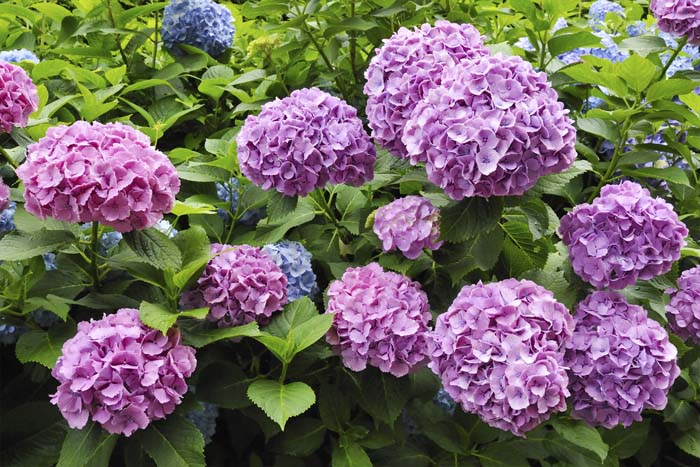
Keep your garden looking great year round with the Summer Crush hydrangea.
Like other hydrangea varieties, it produces thick, rounded mounds of purple or blue flowers that add a bold burst of color.
When the winter comes, the plant maintains its lush greenery until the blooms return in the spring.
- USDA Growing Zones: 3 to 9
- Color Varieties: Pink to Blue, including all shades of lavender to violet to purple, as well as green and white.
- Sun Exposure: Filtered sun, Full sun, Partial shade, Partial sun
- Soil Needs: Medium-moisture, well-drained soil
16. Ice Plant
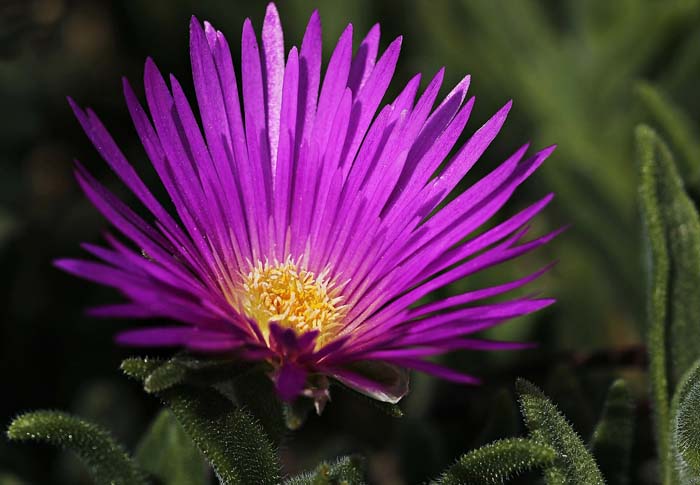
Do you have a small amount of space for a short perennial?
Check out the ice plant, which rarely gets taller than 6 inches. The flowers, which show up in early summer and stay fresh until the fall, feature tiny, narrow petals that grow in lush layers.
Ice plants require minimal care, so they’re a good option for hands-off gardeners that would like to have a flowering plant with little or no hassle.
- USDA Growing Zones: 5 to 10
- Color Varieties: Red-purple
- Sun Exposure: Full sun
- Soil Needs: Dry, well-drained soil; good tolerance for drought
17. Lavender
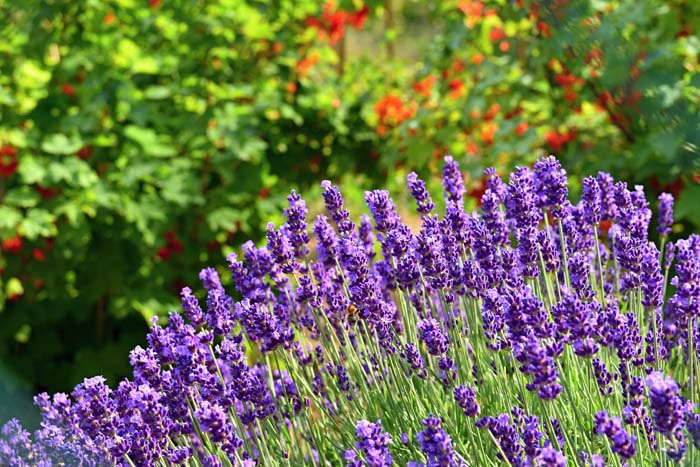
Are you dreaming of days spent enjoying the fragrance of your garden?
Lavender is a must-have perennial. With its distinctive color and scent, these plants look and smell fantastic.
English lavender, in particular, has a long flowering season that lasts all summer long.
- USDA Growing Zones: 4 to 9 (depends on cultivar)
- Color Varieties: Purple, blue; cultivars offering pink flowers are also available
- Sun Exposure: Full sun
- Soil Needs: Dry to medium-moisture, well-drained soil; moist soil may cause root rot
18. Monroe’s White Lilyturf
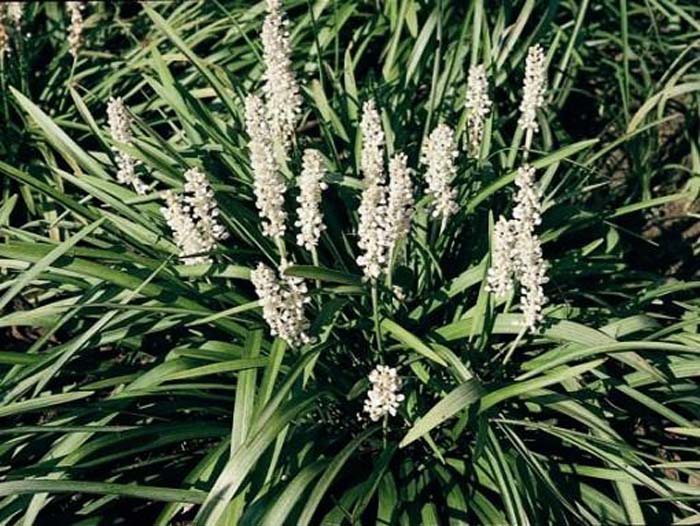
Jazz up your perennial selection with the Monroe White lilyturf.
This unusual flower starts with thick stands of leaves that look like oversized blades of grass.
When it’s time to bloom, the plant grows tall spikes covered in rounded flowers that last for months at a time.
- USDA Growing Zones: 5 to 11
- Color Varieties: White
- Sun Exposure: Partial sun
- Soil Needs: Dry to medium-moisture, well-drained soil
via Monrovia
19. Peonies
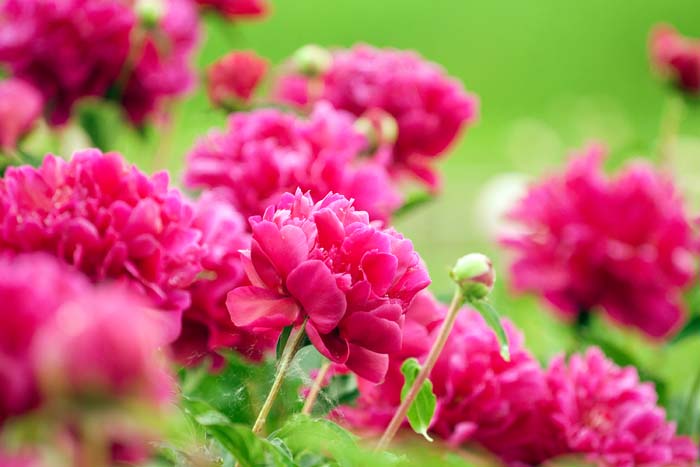
There’s a reason peonies are so popular — they’re large, lush, and impossibly pretty.
They’re also happy with heat, so you can plant them in full sunlight and enjoy a steady stream of fragrant blooms from early spring to mid-summer by planting different varieties.
- USDA Growing Zones: 3 to 9
- Color Varieties: White, pink, rose and red, coral deep purple
- Sun Exposure: Partial sun
- Soil Needs: Water regularly
20. Garden Phlox
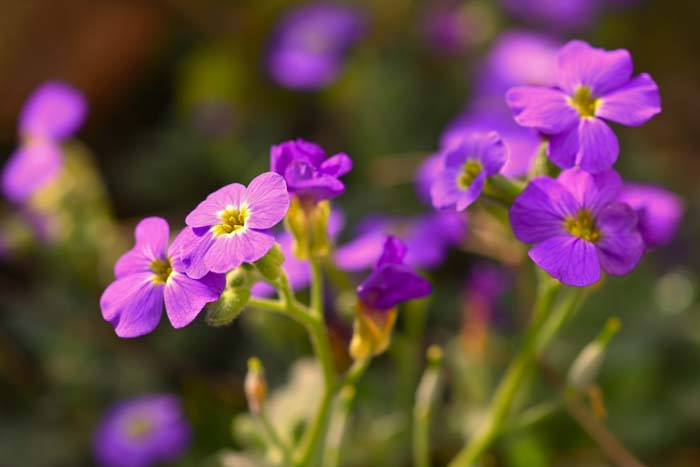
With its smooth petals and lush blooms, a garden phlox is a beautiful option for a traditional or cottage garden. You can also plant it in a flower bed with some other summer-blooming plant types to create a vibrant accent in your summer garden. You can also create a perennial border with it.
This plant starts to bloom in July, and continues producing flowers until the fall as long as temperatures aren’t too high.
If you like a low-maintenance garden, opt for the David phlox, which resists mildew.
- USDA Growing Zones: 4 to 8
- Color Varieties: Pink-purple, white
- Sun Exposure: Full sun to part shade
- Soil Needs: Medium-moisture, well-drained soil
21. Astilbe
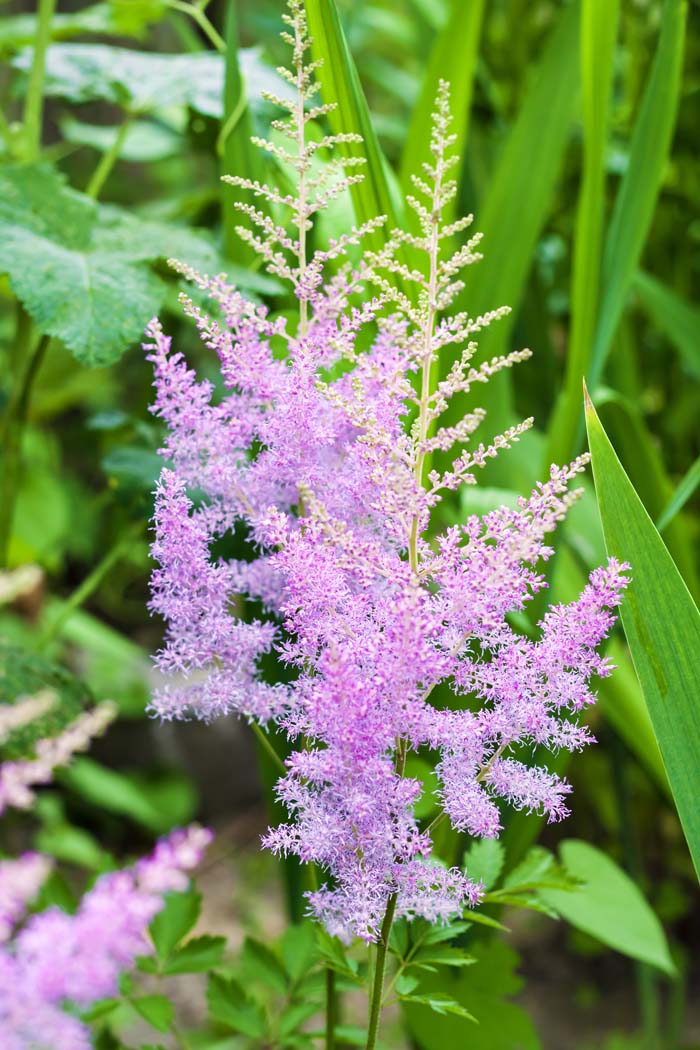
Are you searching for a delicate and pretty perennial?
The astilbe fits the bill. Each stem grows numerous branches covered with tiny pastel flowers, creating a light and airy feeling. Use these flowers to add color to your outdoor lounge; the intense fragrance makes the air smell sweeter.
- USDA Growing Zones: 4 to 9
- Color Varieties: Pink, red, white, purple
- Sun Exposure: Filtered sun, Full shade, Partial shade
- Soil Needs: Water regularly
22. Purple Coneflower
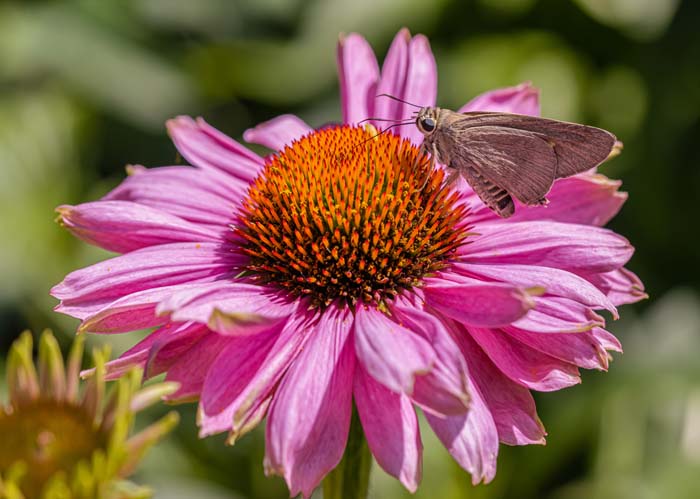
The purple coneflower lives up to its name — the large centers form a distinct cone that rises above the petals.
They’re a great choice if you love the look of a daisy but need extra color and height. Looks gorgeous when combined with an annual flower like sunflower.
Some varieties can reach 5 feet tall! Easy to grow and maintain, the purple coneflower blooms throughout the summer.
- USDA Growing Zones: 3 to 9, depending on the variety
- Color Varieties: Purplish pink; cultivars offer white, orange, yellow, red, and green
- Sun Exposure: Full sun to part shade
- Soil Needs: Dry to medium-moisture, well-drained soil; good drought tolerance.
23. Rudbeckia
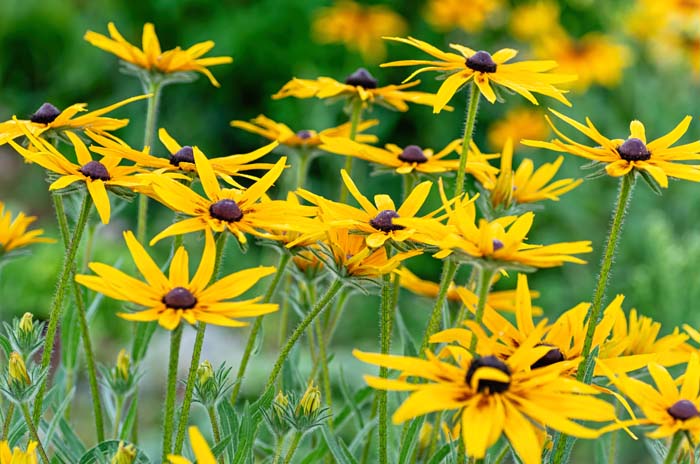
You might know the Rudbeckia by its common name: the Black-Eyed Susan.
A hardy, easy-to-grow perennial, this flower is great for tough climates.
The flowers are vibrant, and the petals contrast beautifully with the dark centers for a bold look.
- USDA Growing Zones: 3 to 7
- Color Varieties: Yellow to orange, with dark centers
- Sun Exposure: Full sun
- Soil Needs: Medium-moisture, well-drained soil; good tolerance for drought
24. Salvia
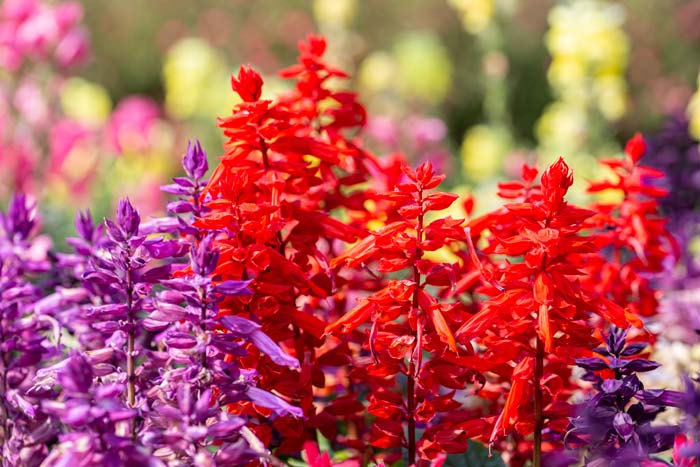
Salvia is known for its exceptionally long blooming period; as long as you take time for deadheading, they’ll keep going for months.
Choose from many different varieties, depending on the color and aesthetic you want.
- USDA Growing Zones: 4 to 10, depending on species
- Color Varieties: Blue to violet
- Sun Exposure: Full sun
- Soil Needs: Dry to medium-moisture, well-drained soil
25. Sedum
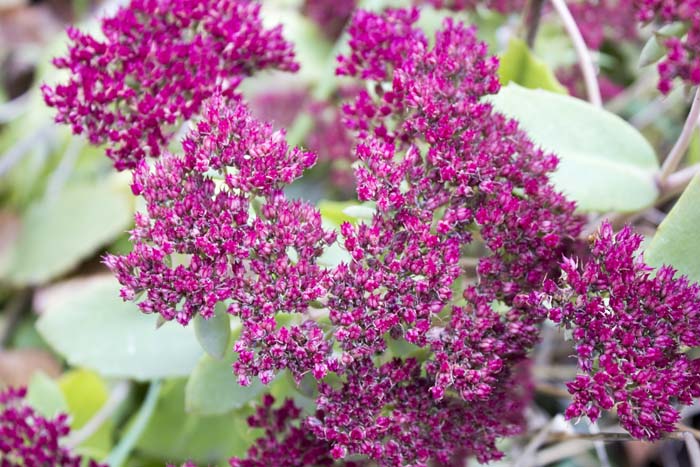
When your garden feels a bit too soft and romantic, the Voodoo sedum variety can add structure.
It’s all in the leaves, which feature crisp edges, and the flowers, which grow clusters of spiky petals.
These low-maintenance perennials love sunlight and require minimal watering.
- USDA Growing Zones: 3 to 9
- Color Varieties: Pink, purple, coral
- Sun Exposure: Full sun, Partial sun
- Soil Needs: Dry to medium-moisture, well-drained soil
26. Shasta Daisies
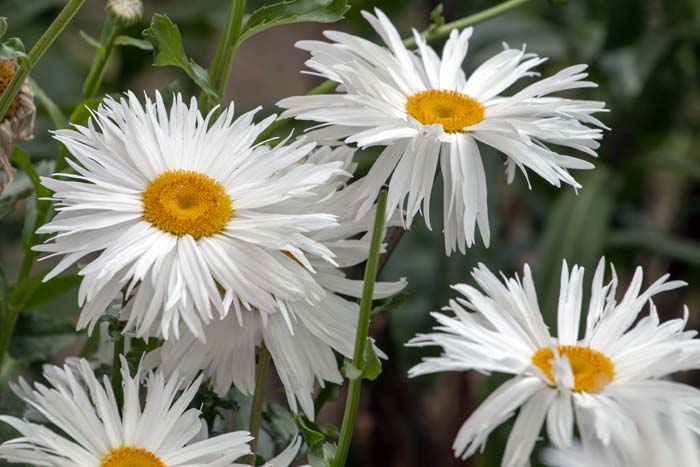
The Shasta daisy is one of the longest-blooming perennials you can find. It starts flowering in early spring and keeps on producing flowers until mid-fall.
This classically pretty plant is lively and cheerful and does well in direct sunlight. Short on time? It’s a breeze to plant, and it returns faithfully year after year.
- USDA Growing Zones: 5 to 9
- Color Varieties: White with yellow centers
- Sun Exposure: Full sun
- Soil Needs: Dry to medium-moisture soil; good tolerance for drought
27. White Trillium
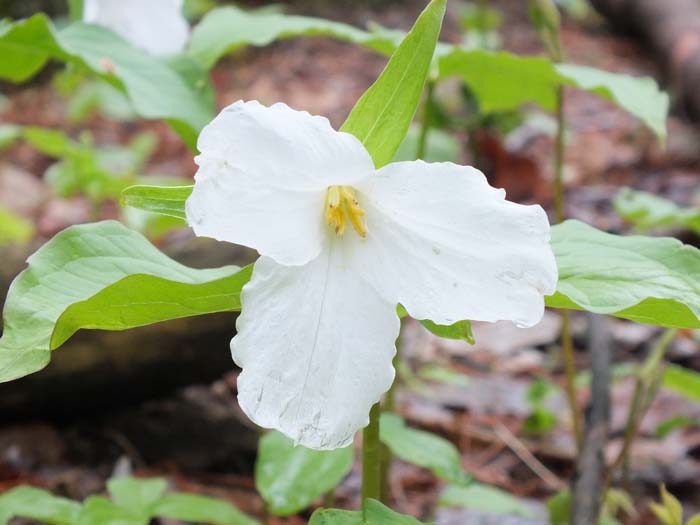
It’s a beautiful white flower that you can plant and bring a bit of ornamental charm to your summer garden with the stunning white trillium.
As you might guess from the name, each flower features three large petals.
The blooms last for many months, and the beautiful, deeply colored leaves look great the rest of the season.
- USDA Growing Zones: 4 to 9
- Color Varieties: White with yellow centers
- Sun Exposure: Full sun, Partial Sun
- Soil Needs: Medium-moisture soil
28. White Yarrow
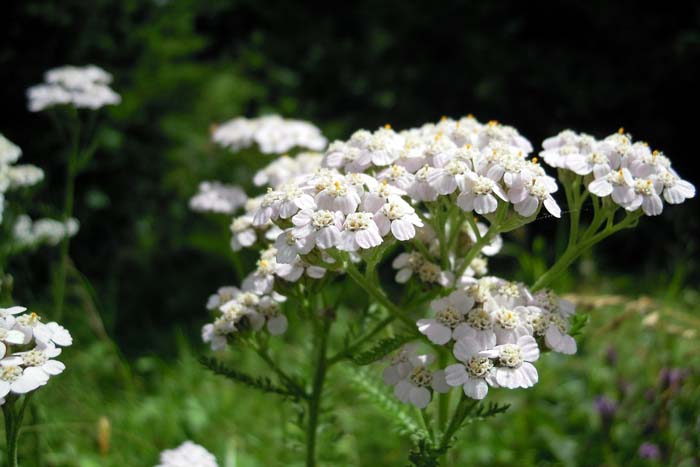
Yarrow might look like a traditional flowering perennial, but it’s actually an herb that’s been a part of natural medicine for millennia.
The tall stems can reach 3 feet tall, adding excellent height to your perennial garden.
With deadheading, yarrow will produce flowers from late spring through early fall.
- USDA Growing Zones: 3 to 8
- Color Varieties: White, yellow, red, pink, rust-brown
- Sun Exposure: Full sun
- Soil Needs: Dry to medium-moisture, well-drained soil; tolerates drought
29. Yellow Hollyhocks
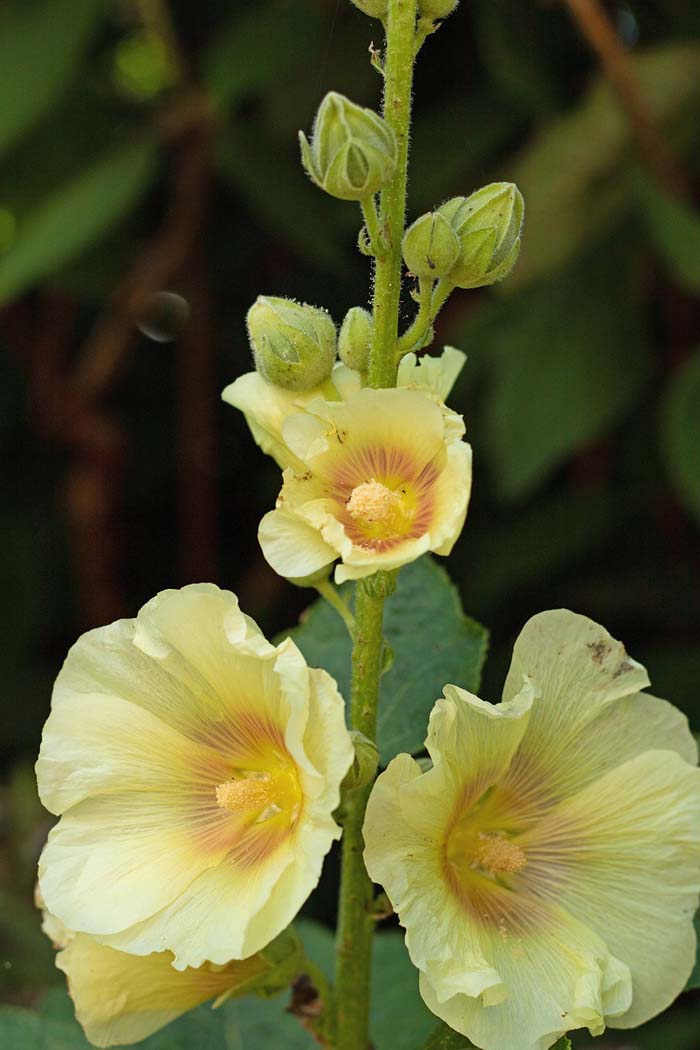
With their delicate, multi-layered petals, Hollyhocks resemble tissue-paper flowers.
Although they’re big, the blooms are not formal — they’re perfect as a border for a farmhouse or a cottage. The airy flowers are surprisingly hardy, so you’ll enjoy their beauty all summer.
For best results, plant them in a sunny location.
- USDA Growing Zones: 3 to 8
- Color Varieties: Yellow, purple, red
- Sun Exposure: Full sun
- Soil Needs: Dry to medium-moisture
I’m already in love with all these perennials that bloom all summer and would love to start planting as soon as the weather gets warmer!


